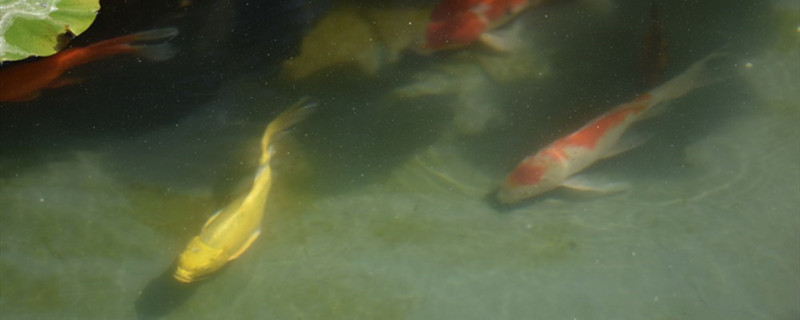
Fish live in the water all day long, but they do not drink water through their mouths, but absorb and discharge water through the skin of their bodies. Usually freshwater fish will not drink water for life, because their own osmotic pressure is higher than water, so water will continue to enter the body, so not only will not drink water, but also will drain out, otherwise they will be bloated to death. On the contrary, the osmotic pressure of sea water is higher than that of fish, and the water in the body will continue to lose, so it needs to drink water to supplement. The exception is sharks and rays, which live in the sea but don't need to drink.
1. Lungfish: Lungfish originally live in fresh water. In addition to breathing with gills, it can also use the swim bladder to assist breathing. The structure of the swim bladder is special, there are many small air chambers in the central cavity, and there are small air sacs in the small air chambers, just like the lungs of terrestrial animals, which allows it to live out of water for a period of time in dry season.
2. Loach: Loach is a benthic fish, generally distributed in rivers, lakes, paddy fields and ponds. This kind of animal is generally day and night, its own adaptability is strong, when the water is anoxic, it can breathe on the surface. When the pool dries up, it dives into the mud, and as long as there is a small amount of water in the soil, it will not die.
3. Mudskipper: Mudskipper is a kind of small fish, which generally inhabits in shallow water areas such as estuaries and gangwan. It has cave-dwelling nature, and can jump on the land by means of its pectoral muscle stalk. When the tide ebbs, it forages on the beach. After leaving the water, the animal can breathe through the skin and oral mucosa, so it will not suffocate and die.